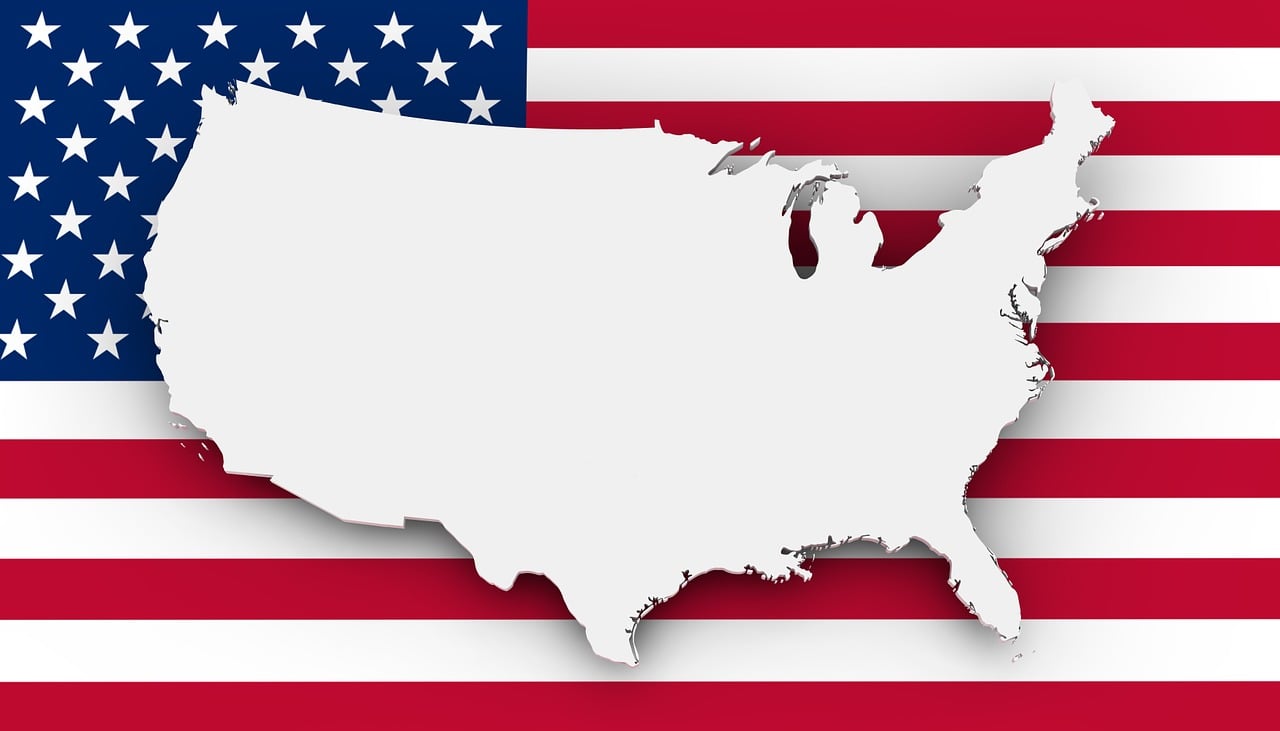
Table of Contents
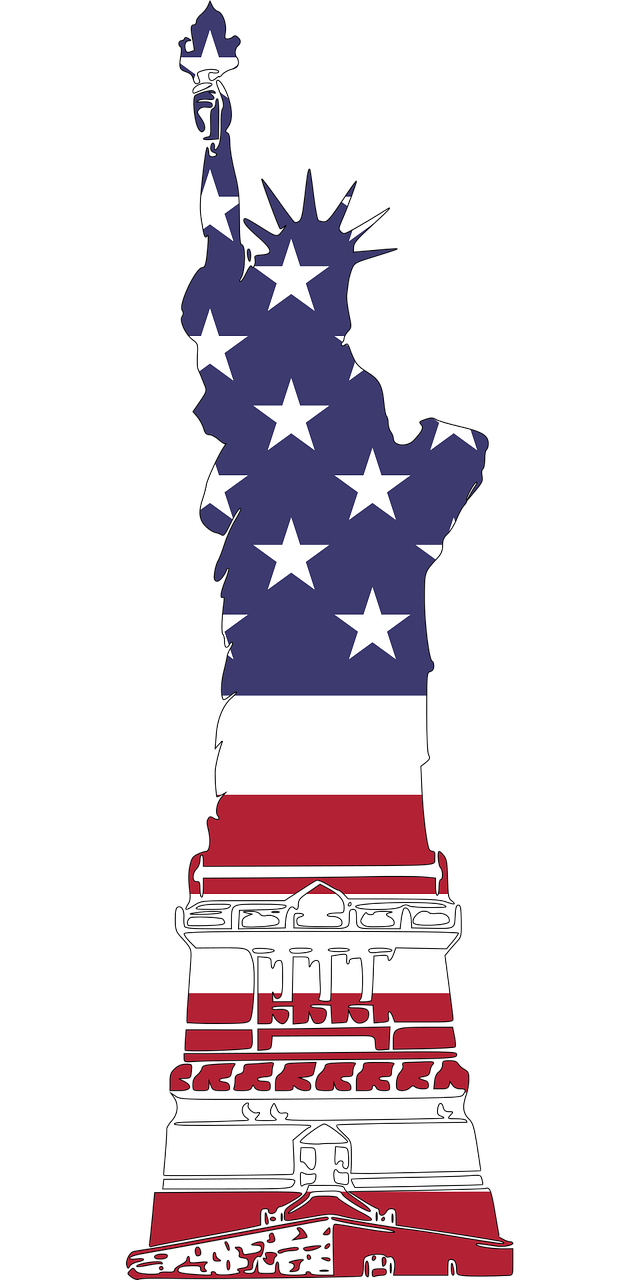
Exploring Higher Education in USA:
A Comprehensive Guide 🌍 🇺🇸 🎓
So, you’re dreaming of studying in the USA 🇺🇸 ? Great choice! The USA 🇺🇸 is home to some of the world’s best universities and offers a rich, diverse experience that’s hard to beat. But navigating the process can be tricky, especially when it comes to visas. This guide is here to break down everything you need to know about getting a student visa as a Pakistani student—from understanding different visa types to what happens once you land in the USA 🇺🇸 .
Understanding the 🇺🇸 USA Student Visa
First things first, you need to understand what a 🇺🇸 USA student visa is and why you need it. Simply put, a student visa is a stamp on your passport that allows you to enter and stay in the 🇺🇸 USA for your studies. Without it, your academic dreams in the 🇺🇸 USA won’t take off.
Types of 🇺🇸 USA Student Visas
There are primarily two types of student visas for the 🇺🇸 USA:
3.1 F-1 Visa
The F-1 visa is the most common and is for students attending an academic program or English Language Program. It allows for part-time, on-campus employment and even offers some opportunities for practical training during and after your studies.
3.2 M-1 Visa
The M-1 visa, on the other hand, is for students attending non-academic or vocational schools.
Unlike the F-1, the M-1 visa is more restrictive regarding work opportunities.
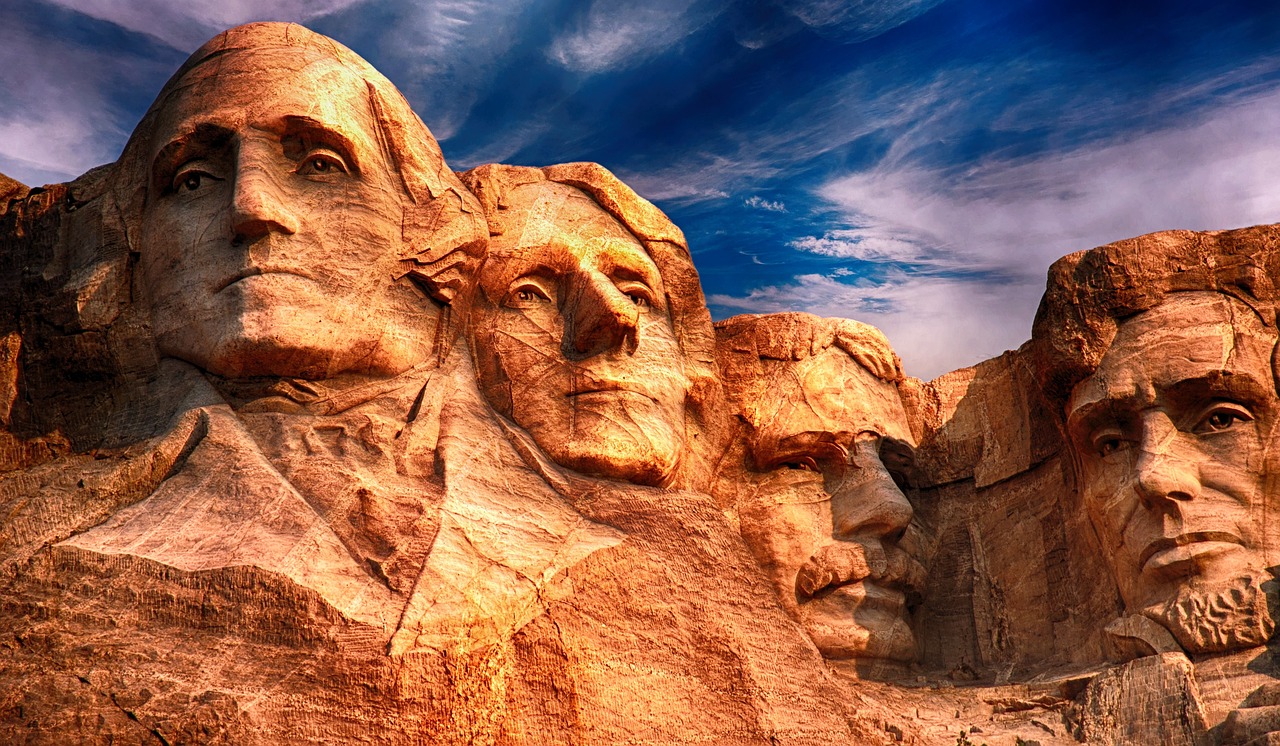
🏫 Admission Intakes in the 🇺🇸 USA
One of the first things you need to consider is the admission intake periods. The USA typically has three main intakes:
4.1 Fall Intake
The Fall Intake starts in August/September and is the most popular among international students. Most scholarships and funding opportunities are available during this intake.
4.2 Spring Intake
The Spring Intake begins in January. While there are fewer courses available compared to the Fall Intake, it’s still a great time to start your studies if you missed the Fall deadline.
4.3 Summer Intake
The Summer Intake, starting around May, is less common and usually offers a limited number of courses. It’s often a good time for shorter courses or specific programs.
🗽 Academic Semesters in the 🇺🇸 USA
Understanding the academic calendar in the USA is crucial for planning your studies.
5.1 Semester System Overview
Most universities follow a semester system, dividing the academic year into two main semesters—Fall and Spring—with an optional Summer session.
5.2 Duration and Breaks
Each semester typically lasts around 15-17 weeks, with breaks in between. The Fall semester runs from August to December, and the Spring semester from January to May. Summer sessions are shorter and more intensive.
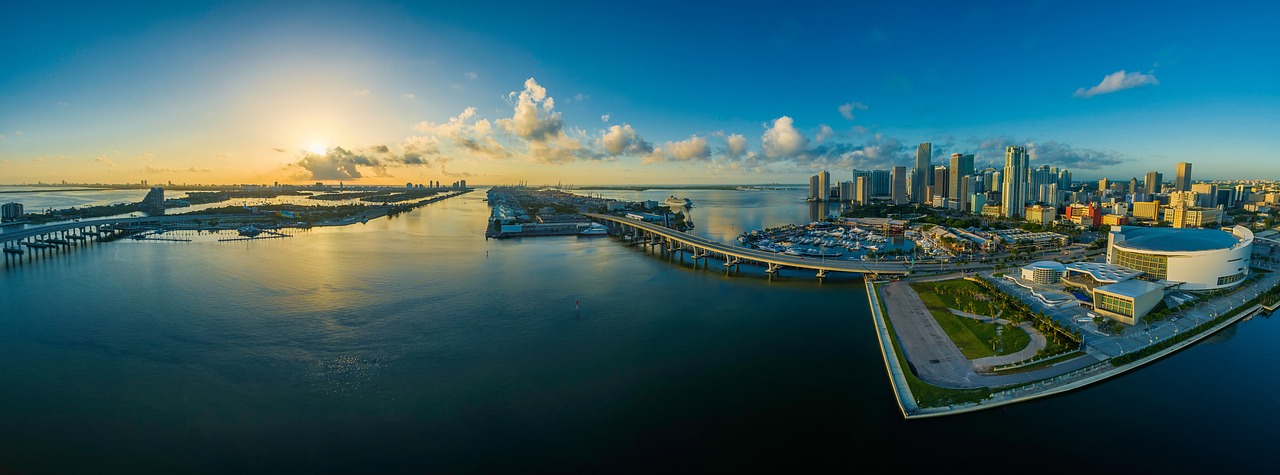
💰 Expenditures for 🇵🇰 Pakistani Students
Studying in the USA can be expensive, so it’s essential to plan your finances well.
🇺🇸 🇵🇰 Tuition Fees
Tuition fees can vary widely depending on the university and the program. On average, you might expect to pay anywhere from $20,000 to $50,000 per year.
🇺🇸 🇵🇰 Living Costs
Living expenses include accommodation, food, transportation, and personal expenses. These can add up to around $10,000 to $15,000 annually.
🇺🇸 🇵🇰 Other Expenses
Don’t forget additional costs like health insurance, textbooks, and recreational activities, which can add a few thousand dollars to your budget each year.
👝 Documents Required for USA Student Visa
Gathering the right documents is crucial for a smooth visa application process.
🇺🇸 🇵🇰 Academic Documents
You’ll need your transcripts, diplomas, degrees, or certificates from schools you’ve attended. A standardized test score (like TOEFL, IELTS, SAT, or GRE) might also be required.
🇺🇸 🇵🇰 Financial Documents
You must prove that you can financially support yourself during your stay. This includes bank statements, financial guarantee forms, and scholarship letters if applicable.
🇺🇸 🇵🇰 Other Documents
Other documents include a valid passport, recent photographs, SEVIS Fee receipt, and the DS-160 confirmation page.
🚣 Visa Application Process
Applying for a student visa involves several steps:
🇺🇸 🇵🇰 Online Application
Start by completing the DS-160 form online. This form gathers your personal information and the purpose of your visit.
🇺🇸 🇵🇰 SEVIS Fee
Pay the SEVIS Fee (usually $350) which supports the Student and Exchange Visitor Information System. Keep the receipt as you’ll need it for your visa interview.
🇺🇸 🇵🇰 Scheduling the Visa Interview
Once your DS-160 form is complete, schedule an interview at the U.S. Embassy or Consulate. The wait times can vary, so book early!
🔰 Visa Interview Process
The interview can be nerve-wracking, but with the right preparation, you’ll be fine.
9.1 Preparation Tips
Dress smartly, arrive early, and bring all required documents. Be clear and confident in your answers.
9.2 Common Interview Questions
Expect questions about your choice of university, your study plan, and your financial situation. Practicing these can help boost your confidence.
🚣 Visa Process Duration
The duration of the visa process can vary, but typically it takes a few weeks from application to approval. Sometimes, administrative processing can take longer, so apply well in advance.
🛫 Departure Preparations
Once you’ve got your visa, it’s time to prepare for your journey.
11.1 Booking Flights
Book your flight early to get the best deals. Make sure you arrive a few days before your classes start to settle in.
11.2 Packing Essentials
Pack wisely—bring necessary documents, clothing for different seasons, and personal items. Don’t forget adapters for your electronics!
🚀 Arrival in the 🇺🇸 USA
Your journey doesn’t end at the airport—you still have to navigate your arrival.
12.1 Immigration Process
At the airport, you’ll go through immigration. Have your I-20, visa, and passport handy. Answer all questions confidently and truthfully.
12.2 Settling In
Once through immigration, head to your accommodation. Take some time to explore your new surroundings, meet new people, and get comfortable.
🛞 Conclusion
Studying in the USA is an exciting opportunity filled with challenges and rewards. With proper planning, you can navigate the visa process smoothly and start your academic journey without a hitch. Remember, the key to success is preparation—so start early, stay organized, and keep your goal in sight.

💶 List of Universities 🇺🇸 USA
📚 Massachusetts Institute of Technology (MIT)
– Subjects: Engineering, Computer Science, Economics, Mathematics, Physics
– Programs: Undergraduate, Graduate, PhD 🛰️
🎡 Stanford University
– Subjects: Business, Engineering, Law, Medicine, Social Sciences
– Programs: Undergraduate, Graduate, PhD 🛰️
⚖️ Harvard University
– Subjects: Law, Business, Medicine, Social Sciences, Humanities
– Programs: Undergraduate, Graduate, PhD 🛰️
🛗 University of Chicago
– Subjects: Economics, Business, Law, Social Sciences, Humanities
– Programs: Undergraduate, Graduate, PhD 🛰️
🌌 California Institute of Technology (Caltech)
– Subjects: Engineering, Physics, Chemistry, Biology, Earth Sciences
– Programs: Undergraduate, Graduate, PhD 🛰️
💼University of Pennsylvania
– Subjects: Business, Law, Medicine, Social Sciences, Engineering
– Programs: Undergraduate, Graduate, PhD 🛰️
🤵♂️Princeton University
– Subjects: Humanities, Social Sciences, Natural Sciences, Engineering, Public Affairs
– Programs: Undergraduate, Graduate, PhD 🛰️
👩🎓Yale University
– Subjects: Law, Medicine, Business, Arts, Social Sciences
– Programs: Undergraduate, Graduate, PhD 🛰️
👨🎓Columbia University
– Subjects: Journalism, Business, Law, Medicine, Engineering
– Programs: Undergraduate, Graduate, PhD 🛰️
🧑💻University of California, Berkeley
– Subjects: Engineering, Computer Science, Business, Social Sciences, Environmental Sciences
– Programs: Undergraduate, Graduate, PhD 🛰️
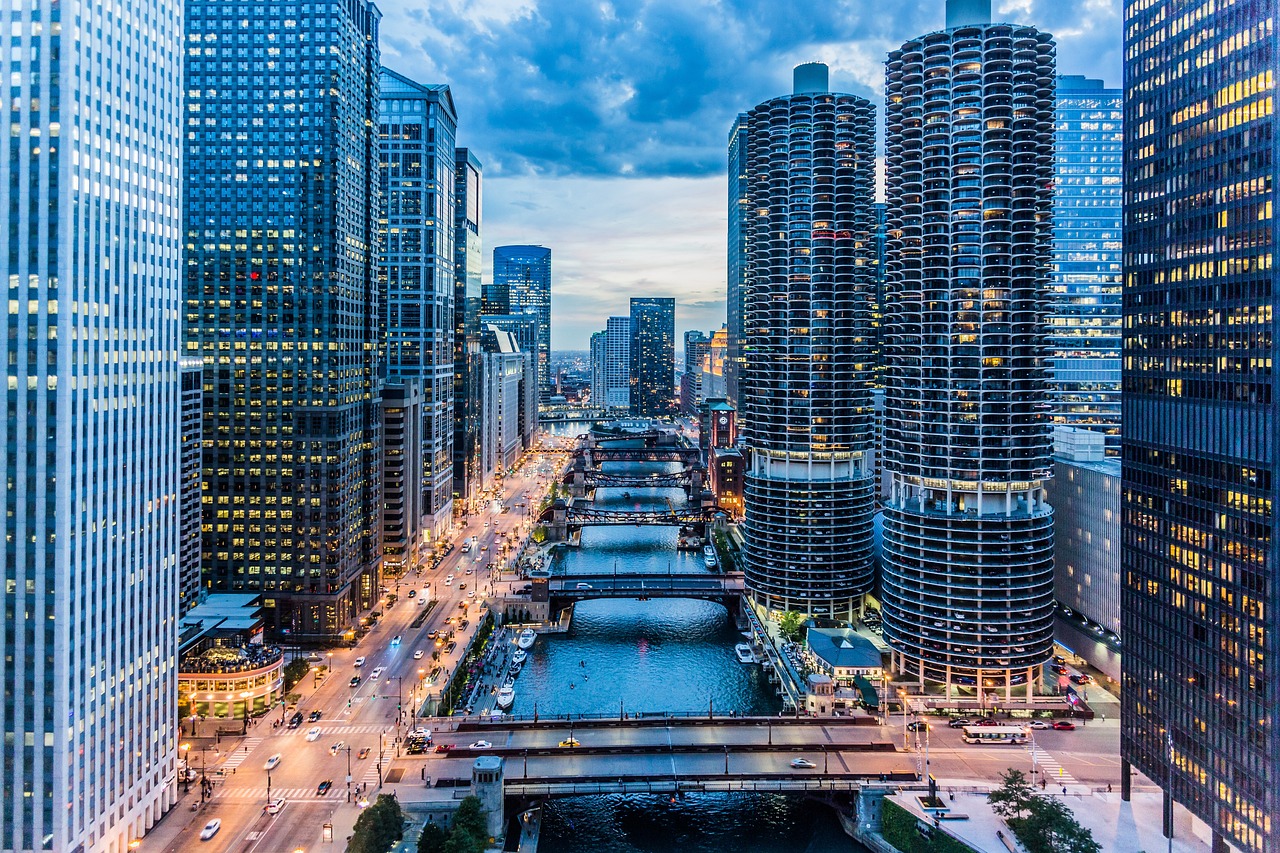
💰 More About 🪙 USA 🇺🇸 Study Visa
1. Introduction
Thinking about studying in the USA but not sure where to start? You’re in the right place! This guide is tailored specifically for Pakistani students dreaming of getting a world-class education in America. Let’s dive into everything you need to know, from the types of visas to the application process and beyond.
2. Why Study in the USA?
The USA is home to some of the best universities in the world. It offers diverse programs, cutting-edge technology, and a multicultural environment that’s perfect for broadening your horizons. Plus, the exposure to different cultures and ideas can be life-changing.
3. Understanding the Student Visa
First things first, you’ll need a student visa. The U.S. student visa allows you to enter the country, live, and study there. But, there are different types depending on your study program.
4. Types of Student Visas
F-1 Visa
The most common type for academic studies. If you’re planning to attend a university or college, this is the one for you.
J-1 Visa
For exchange visitors participating in programs promoting cultural exchange. This could be for high school, university, or work-study programs.
M-1 Visa
For vocational or non-academic programs. If you’re going to a technical or vocational school, you’ll need this visa.
5. Eligibility Criteria for Pakistani Students
To qualify for a student visa, you need to meet several criteria: acceptance by a SEVP-approved institution, proof of sufficient funds, strong ties to Pakistan, and a clear intent to return after your studies.
6. Choosing the Right University
This is a crucial step. Research thoroughly to find a university that matches your academic goals and budget. Consider factors like program reputation, location, and campus facilities.
“Education is the passport to the future, for tomorrow belongs to those who prepare for it today.” – Malcolm X
7. Application Process
Researching Universities
Start by identifying universities that offer your desired program. Look at their requirements, faculty, campus life, and location.
Application Requirements
Each university has specific requirements. Generally, you’ll need your academic transcripts, letters of recommendation, a statement of purpose, and proof of English proficiency.
Admission Tests (SAT, TOEFL, etc.)
Most universities require standardized tests like the SAT for undergraduates or GRE for graduates, along with English proficiency tests like TOEFL or IELTS.
8. Financial Planning and Scholarships
Studying in the USA can be expensive, but don’t worry, there are ways to manage it.
Tuition and Living Expenses
Calculate your total costs, including tuition, accommodation, food, and travel. It’s essential to budget wisely.
Scholarship Opportunities
Many universities offer scholarships for international students. Additionally, look for external scholarships from organizations in Pakistan and abroad.
Part-time Work Options
On an F-1 visa, you can work on campus up to 20 hours per week during the academic year and full-time during holidays.
9. Visa Application Process
Once you have your university acceptance, it’s time to apply for your visa.
SEVIS Fee
Pay the SEVIS fee and get your I-20 form from your university.
Completing the DS-160 Form
Fill out the DS-160 online application form. This is a crucial step in the visa process.
Scheduling the Visa Interview
Book your visa appointment at the nearest U.S. Embassy or Consulate.
Attending the Visa Interview
Be prepared to answer questions about your study plans, university choice, and financial situation. Dress formally and carry all required documents.
10. Preparing for Departure
Congratulations, you’ve got your visa! Now, let’s get ready to go.
Travel Arrangements
Book your flights early to get the best deals. Ensure you have a valid passport and visa.
Packing Essentials
Pack smart. Bring necessary documents, clothes suitable for the climate, and a few comforts from home to ease the transition.
11. Arriving in the USA
Landing in the USA is just the beginning of your adventure.
Immigration Process
Upon arrival, you’ll go through immigration. Have your I-20, passport, and visa ready for inspection.
Initial Settling In
Find your accommodation, explore the campus, and get familiar with local amenities. It might be overwhelming, but take it one step at a time.
12. Navigating Campus Life
University life in the USA is vibrant and full of opportunities.
Orientation Programs
Attend orientation sessions to meet fellow students and learn about the campus resources.
Cultural Adjustment
Adjusting to a new culture can be challenging. Be open-minded, ask questions, and don’t hesitate to seek help if needed.
“Learning is a treasure that will follow its owner everywhere.” – Chinese Proverb
15. Support Systems
Most universities offer robust support systems for international students, including counseling services, academic advising, and cultural exchange programs.
16. Post-Graduation Options
After graduation, you have several pathways to consider.
OPT (Optional Practical Training)
OPT allows you to work in the USA for up to 12 months after graduation, gaining valuable work experience.
H-1B Visa
If you find a job, your employer can sponsor you for an H-1B visa, allowing you to work in the USA for a longer period.
13. Academic Expectations
Understanding the academic environment is crucial for your success.
Classroom Environment
Classes might be different from what you’re used to. Participate actively and engage with professors and classmates.
Study Habits
Develop effective study habits. Time management and self-discipline are key to handling the workload.
14. Extracurricular Activities
Getting involved in extracurricular activities is a great way to meet people and enhance your experience. Join clubs, sports teams, or volunteer organizations.
🇺🇸 Conclusion:
Studying in the USA 🇺🇸 is a rewarding experience that offers countless opportunities for personal and professional growth. With the right preparation and mindset, you can make the most of this exciting journey.
FAQ
Ask Us About USA
What is the SEVIS fee, and how do I pay it?
The SEVIS fee is required to maintain your information in the Student and Exchange Visitor Information System. You can pay it online before your visa interview.
Can I work while studying on an F-1 visa?
Yes, you can work up to 20 hours per week on-campus during the academic year and full-time during breaks.
How long does the visa application process take?
It can take several weeks to a few months, so it’s best to start early and check the specific processing times for your country.
What should I do if my visa application is denied?
If your visa application is denied, you can reapply. Make sure to address any reasons for the denial and provide additional documentation if needed.
Are there any special scholarships for Pakistani students?
Yes, many universities and organizations offer scholarships specifically for Pakistani students. Check with your chosen university and explore external scholarship opportunities.
How long before my course starts should I apply for my visa?
You should start the visa application process at least three months before your course begins to ensure you have enough time for interviews and processing.
Can I work on an F-1 visa?
Yes, F-1 visa holders can work on-campus part-time during their studies and full-time during holidays. Off-campus work requires special authorization.
What if my visa application is rejected?
If your visa is rejected, you will be informed of the reason. You can reapply by addressing the issues that led to the rejection.
Do I need health insurance?
Yes, most universities in the USA require international students to have health insurance. It’s also highly recommended to cover unexpected medical expenses.
How can I prove my financial stability?
You can prove financial stability through bank statements, affidavits of support, scholarship letters, or loan approval letters showing you have sufficient funds for tuition and living expenses.
USA: Comprehensive Guide for Study In USA
Explore higher education in 🇺🇸 USA by studying at renowned USA universities, including state, private, and public-funded institutions. With a diverse array of programs ranging from undergraduate to master’s degrees, and specialized colleges in art, music, and technical fields, United States 🇺🇸 offers a rich educational experience. Learn about admission requirements, English proficiency tests like IELTS and TOEFL, and university application deadlines to ensure a smooth application process. Benefit from financial aid opportunities, scholarships, and the chance to work while studying, all while enjoying the vibrant cultural life of 🇺🇸 USA.


Real excellent information can be found on web blog.Blog money
Pretty! This has beren an extremely wonderful article.
Many thanks for supplying this info. https://ieltshub.pk
Wonderful! This has beren an extremely wonderful article.
Many thanks for supplying this info. https://ieltshub.pk
Nice! This has beren an extremely wonderful article.
Many thanks for supplying this info. https://ieltshub.pk